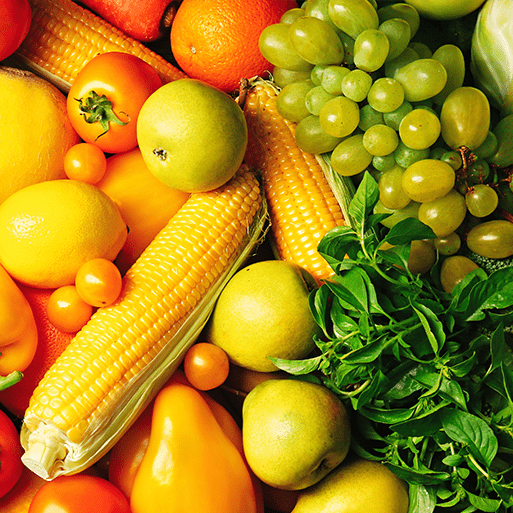Termly Topics 2024-2025
Welcome to the Termly Topics for the academic year 2024-2025 at The Llewellyn School. This document aims to provide parents with an overview of the educational themes and subjects that will be explored throughout the year. Our curriculum is designed to foster a love for learning, encourage critical thinking, and develop essential skills that will benefit pupils both academically and personally. We believe that keeping parents informed is crucial for supporting their child’s educational journey, and we look forward to collaborating together to ensure a successful year ahead.
Term 1 – Animal Parts

In the Animal Parts project, your child will learn that animals, including humans, can be sorted into six groups: amphibians, birds, fish, invertebrates, mammals and reptiles. They will learn that different animal groups have similar and different body parts and the purposes of these body parts. They will sort animals into the six animal groups based on characteristics. They will complete Carroll diagrams, sorting picture cards of animals according to given and chosen criteria. They will learn about pets and how they are cared for and identify the animal group for each. They will complete a class block graph by recording which pet they prefer, then interpret the classes' results to learn which pets are the most and least popular. They will discuss what different animals eat, using the terms 'carnivore', 'herbivore' and 'omnivore', and observe the characteristic features of different animals that belong to these groups by examining their teeth and eye positions. They will complete Venn diagrams, identifying animals that are carnivores, herbivores and omnivores. Children will observe an invertebrate for a short period and then ask scientific questions about the animal and research to find the answers. They will complete their learning by observing earthworms to learn about their body parts, diets, and senses and compare earthworms to other animals learned about during the project.
Term 2 - Diwali

Diwali, the festival of lights, is celebrated in October or November and is one of the most popular Hindu festivals. It lasts for five days and marks the Hindu New Year.
Many stories and traditions are celebrated at Diwali. The story of Rama and Sita shows the triumph of good over evil, a clean house, new clothes and presents mark the start of the New Year, and lights, rangoli patterns, footsteps and decorations welcome goddess Lakshmi into homes to grant good fortune. Diwali is an exciting festival full of fun, food, family time and light.
Term 3 – Through the ages

In the 'Through the Ages project', your child will learn about three different periods of British prehistory: the Stone Age, Bronze Age and Iron Age. They will discover terminology relating to time and sequence dates to make a timeline. They explore the changes to people, homes and lifestyle throughout the different periods and investigate examples of prehistoric settlements, monuments, burials and artefacts in detail. They will also study how technology improved over time, including how the discovery of different metals changed the way that people lived.
Term 4 – Ready Steady Grow

This project teaches children about food and farming and explores themes, including where food comes from, what plants and animals need to grow and survive and what constitutes a healthy lifestyle.
Term 5 – Magnificent Monarchs

In the Magnificent Monarchs project, your child will learn about English and British monarchs from AD 871 to the present day and consider how the power of the monarchy has changed over time. They will study six significant sovereigns: Alfred the Great, William the Conqueror, Henry VIII, Elizabeth I, Queen Victoria and Elizabeth II. Finally, they will choose which of the sovereigns that they have studied is the most significant.
Term 6 – Beachcombers

Pack up some sandwiches, pick up a fishing net and keep your eyes peeled because we’re off to the coast to go beachcombing!
This half term, we’ll visit a local beach to experience the sights, sounds and smells of the seashore and explore rock pools to find living and non-living things. Bringing shells, pebbles and seaweed back to the classroom will help us to learn about a wide range of coastal plants and creatures. We’ll read a range of seaside stories and use the coast as a setting for our writing. Maps and film footage will help us to find out more about the coast and we’ll create a wide variety of artwork. We’ll use books and the internet to search for information about the seashore and use our knowledge to write our own non-fiction books.
At the end of the project, we’ll decide how we should look after the coastal environment and how the beach can be kept clean. We’ll use our ICT skills to create a final presentation including photographs, captions and sound files.

